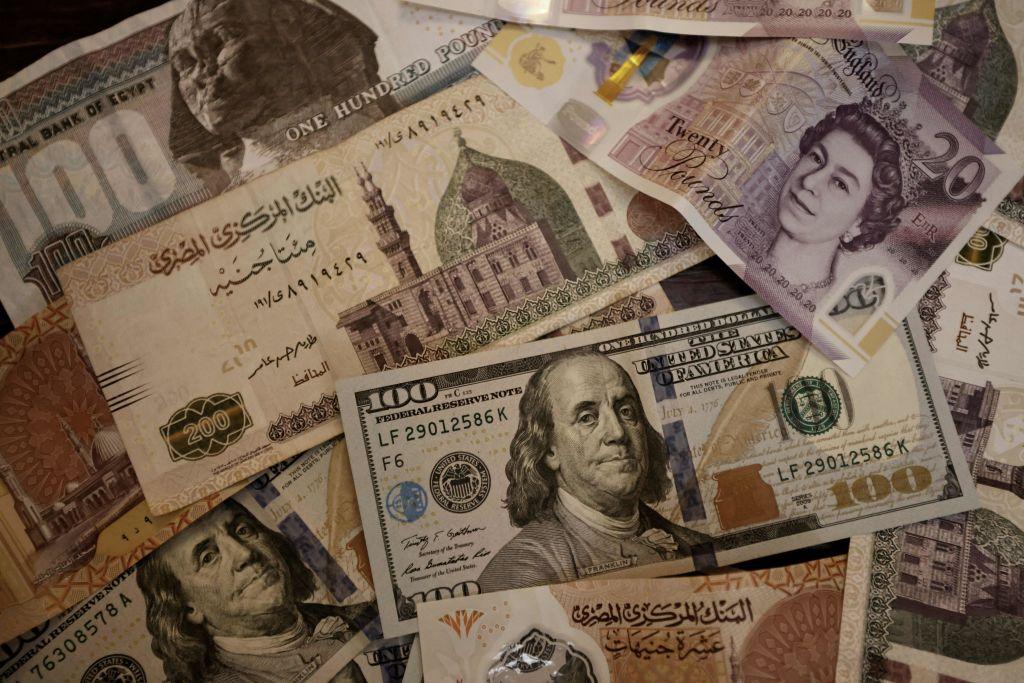Global debt levels soared by $8.3 trillion in the first quarter, climbing to $305 trillion, nearly a record high, according to new Institute of International Finance (IIF) data.
The record, $306.5 trillion, was set in the first quarter of 2022.

Global debt levels soared by $8.3 trillion in the first quarter, climbing to $305 trillion, nearly a record high, according to new Institute of International Finance (IIF) data.
The record, $306.5 trillion, was set in the first quarter of 2022.